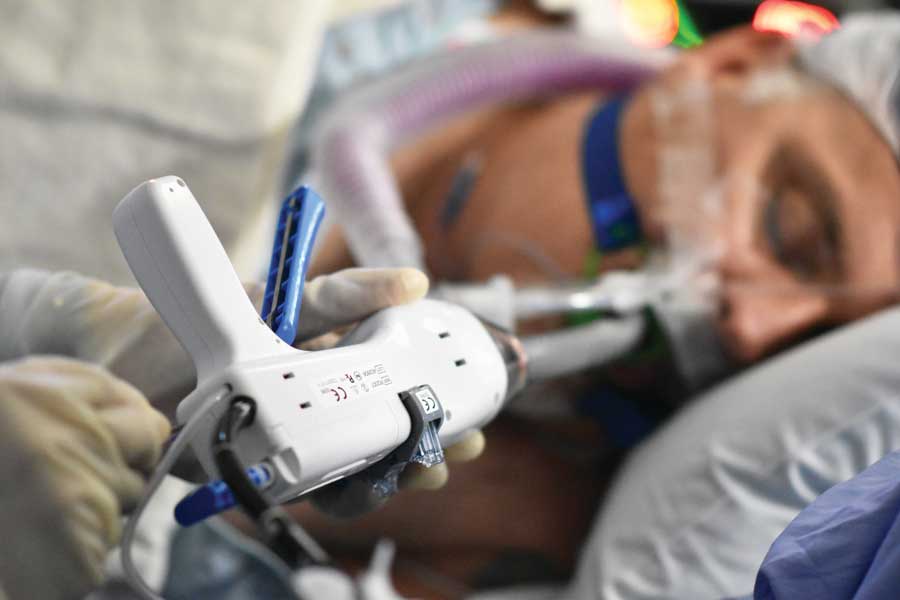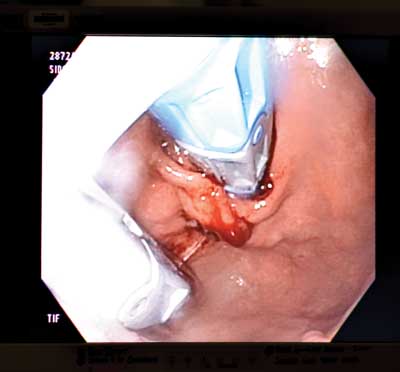If you casually ask people about their digestive health, you’re bound to get some funny looks. But ask people whether they have a problem with heartburn, and many will answer affirmatively and emphatically.
Recognizing the difference is one of the keys to success at our Digestive Health Center. Our outreach efforts are centered around the word that seems to really get people’s attention. People may have GERD, reflux or regurgitation issues, but the word they relate to most is heartburn.
In fact, we now have a Heartburn Center, a specialized program that we’ve developed, and one that’s become increasingly profitable over the last few years. Here’s how we built it and some of what we’ve learned along the way.
We started slowly, in 2015, concentrating primarily on a couple of diagnostic procedures for people with chronic heartburn — mostly manometry and Bravo (a procedure in which a small capsule is attached to the wall of the esophagus to measure acid levels). Then, in 2016, we launched it on a larger scale, and our numbers quickly began to go through the roof.
The big launch followed an ad we put on the front page of our local newspaper. The key words in the ad: heartburn and PPI (proton pump inhibitors). Now, we hold the seminars twice a year. It’s great for us if the attendees decide to come in for consultations — and I’d estimate that between 10% and 20% do.
.svg?sfvrsn=be606e78_3)


.svg?sfvrsn=56b2f850_5)